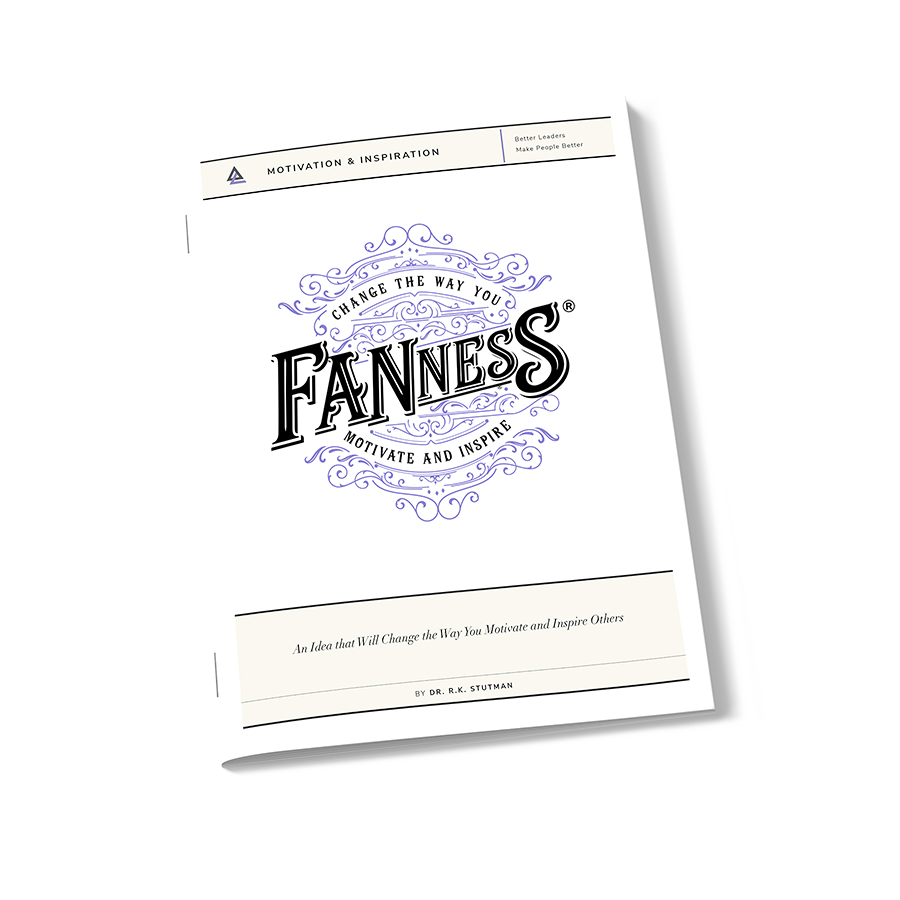Organizations of every kind get things done by assigning specific roles and responsibilities to specific people.
In order to ensure that team members know what is expected of them and are held accountable for results, organizations create layers of hierarchy.
The thought is that management layers are needed to provide the oversight and direction essential for achieving desired outcomes.
While no one seriously challenges the need for some hierarchy and the resulting layers to maintain organizational effectiveness, just how many layers an enterprise requires has come under scrutiny in recent years.
The trend toward flatter and more streamlined organizations has taken hold across industries, disciplines, and domains for good reasons.
Organizations with fewer layers enhance strategic clarity, promote empowerment, speed up decision-making, and build the agility to respond to change.
Team members in flatter organizations have more authority and responsibility, which fosters a mentality of ownership, engagement, and innovation. Eliminating layers also reduces operating and workforce expenses, allowing resources to be invested elsewhere.
But there’s more.
Flatter structures break down silos, encouraging teamwork and cross-functional collaboration. Because leaders are closer to customers and team members, they have better insight into what needs to be done to achieve higher productivity and satisfaction.
Highly agile enterprises often operate with as few as three layers, which often requires them to utilize a more self-directed team structure, while even the largest organizations typically don’t exceed six or seven layers.
Of course, the size, complexity, and decision-making requirements of an enterprise best determine the ideal number of layers.
Fewer layers between the CEO and frontline team members have so many benefits that it is reasonable to ask why organizations need layers at all.
In an ideal world, people would simply do what is needed to sustain the organization without much direction or guidance. At the very least, it would seem two layers would suffice in creating enough oversight to get the right things done on time.
The problem with that vision is the nature of people and decision-making. Without the structure of hierarchy, decision-making about anything important becomes rife with conflict and disagreement.
Without hierarchy to resolve the differences, decisions become uncertain, postponed, or don’t get made. This, of course, destroys organizational effectiveness and the ability to achieve results.
With only two or three layers, decision-making can become too centralized, concentrating too much power in the hands of only a small set of people to control key decisions.
So, while flatter organizations have tremendous benefits, there is a caution not to become too flat, or the enterprise risks over-centralization and consolidated power.
The question every young organization needs to ask is: How many layers do we need to achieve the results we desire?
More mature organizations must assess whether they have too many layers, adding unnecessary costs and slowing down decision-making.
The best organizations figure out how to come together in whatever combination, layering, and centralization are necessary to add the greatest value to the enterprise.
Good leaders don’t deny the need for hierarchy, but neither do they create layers without a strong reason. Unnecessary layers are better for cakes than organizations.

